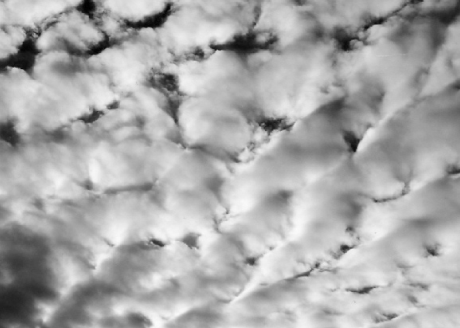By Steve Snyder
Amid the busy and brainless Hollywood blockbusters flooding the multiplex this month, Anthology Film Archives has chosen quite the remarkable alternative for bored movie lovers over the next week, in the reserved, resplendent minimalist works of James Benning.
Relatively unknown by mainstream America, Benning is something of a celebrity among a cadre of art house buffs, known primarily for the way he uses cinema to capture the quiet splendor of nature, but also for being one of the few artists to stand outside both the world of the conventional narrative and the ranks of the avant-garde. If the former is typically preoccupied with things like characters, editing and plot, and the latter with breaking down those conventions and exposing the artifice of filmmaking, Benning exists between these two realms.
Put more simply: Benning seeks to make film experiments that can actually be digested, most often in the form of bringing nature to the big screen. Perhaps his obsession has something to do with his Wisconsin roots — he spent a good deal of time at the picturesque University of Wisconsin-Madison — or with his later years spent amid the beauty of southern California. Similarly, in the rigorous structure of his films, one can see his mathematical background guiding his filmmaking approach.
Anthology Film Archives has chosen three Benning films for a mini-retrospective this weekend. The three titles say just about everything: “13 Lakes,” “Ten Skies” and “One Way Boogie Woogie / 27 Years Later.” All three deal with similar concepts of time, space and contemplation, and all three are making their New York debut here in back-to-back-to-back fashion, as audiences can plan something of a Benning marathon on Saturday and Sunday, when all three are scheduled to screen on the same day.
The first two, “13 Lakes” and “Ten Skies,” bear many of the same thematic elements as Benning focuses his cameras — and his sound equipment — first on 13 lakes spread out across the western United States and then on ten different views of the sky. In both works, the individual shots of each lake and sky last 10 minutes, play out in real time, and segue between each other without narration. Each film evokes the sensation of Andy Warhol’s “Empire,” which did nothing but train a camera on the Empire State Building for hours on end, through night and day.
The third film, “One Way Boogie Woogie/27 Years Later” is like a sequel to a 1977 Benning film, titled solely “One Way Boogie Woogie.” In the original, a 60-minute affair, Benning stitched together 60 one-minute shots, all focused on out-of-the-way corners in and around Milwaukee, Wisconsin. In the “27 Years Later” version, Benning incorporates the original into the sequel’s first hour, repeating precisely what was seen 30 years ago. But in the second hour, he returns to each of the 60 locations and records what those same corners look like now, in the 21st century, matching the new images to the same old soundtrack of Milwaukee circa 1977. The result is a fascinating study of both a city, then-and-now, and a jarring juxtaposition of the past and present, suggesting that while they may have a bearing on one another, they are separated by a gulf of time that grows ever wider.
Benning’s work is surely not for everyone; some will look at “13 Lakes” and see little more than a boring array of lakes, at “Ten Skies” and see little more than clouds against a rotating slate of azure backgrounds, and at “One Way Boogie Woogie” and see little more than the back alleys of a strange city. But his works are not only technically magnificent — the soundtracks often matching the visuals in their intricacy and beauty — but also intellectually stimulating, and even refreshing. Benning is clearly entranced by nature, and by the calm place it can guide us to as we contemplate the mystical workings of the world. And his films are made for a special sort of moviegoer, the sort who can find more magic and mystery in a beautiful vista than in all the big-budget CG effects sure to be splashed on screen this weekend in “Fantastic Four: Rise of the Silver Surfer.”
There was an age when we all looked up at the clouds for hours on end; Benning seems to have never moved beyond that age. Fortunately for us, he learned how to work a camera, how to find beauty in the framing of a shot, and how to set up audio equipment and record for all of us a little slice of what he finds so fascinating.





































